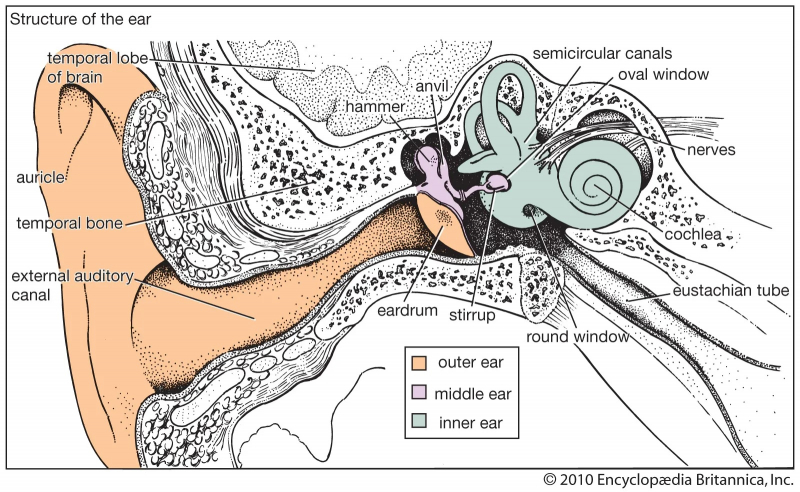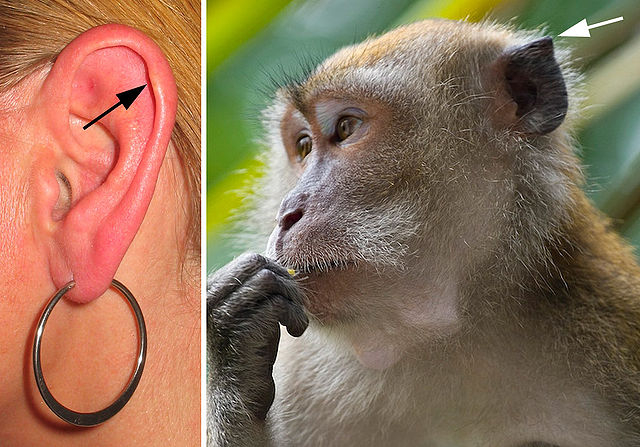Auricular Muscles
The auricular muscles is the name of a group of muscles attached to our ears. This group of muscles includes the anterior auricular muscle, the superior auricular muscle, and the posterior auricular muscle. Together, they control the pinna or the visible part of the ear.
A lot of other mammals have the same group of muscles attached to their ears, and it is used to move the ears like satellite dishes. Those ears' movements play a role in sound localization and the expression of emotion. However, human auricular muscles are considered nonfunctional, since only a small number of human beings can use this group of muscles to move their ears. For the rest, it seems like the muscles have lost their biological function. It's important to note that chimpanzees, like us, have these underdeveloped muscles and are therefore unable to move their ears.
So, how do humans nowadays receive and localize sounds? Darwin proposed that humans effectively capture sounds by positioning the head to receive them, thereby compensating for the loss of or eliminating the need for the auricular muscles. Furthermore, in about 10% of the population, the outer rim of the ear called the helix has been known to show signs of vestigial features since this part is a feature that is common to many mammals.











